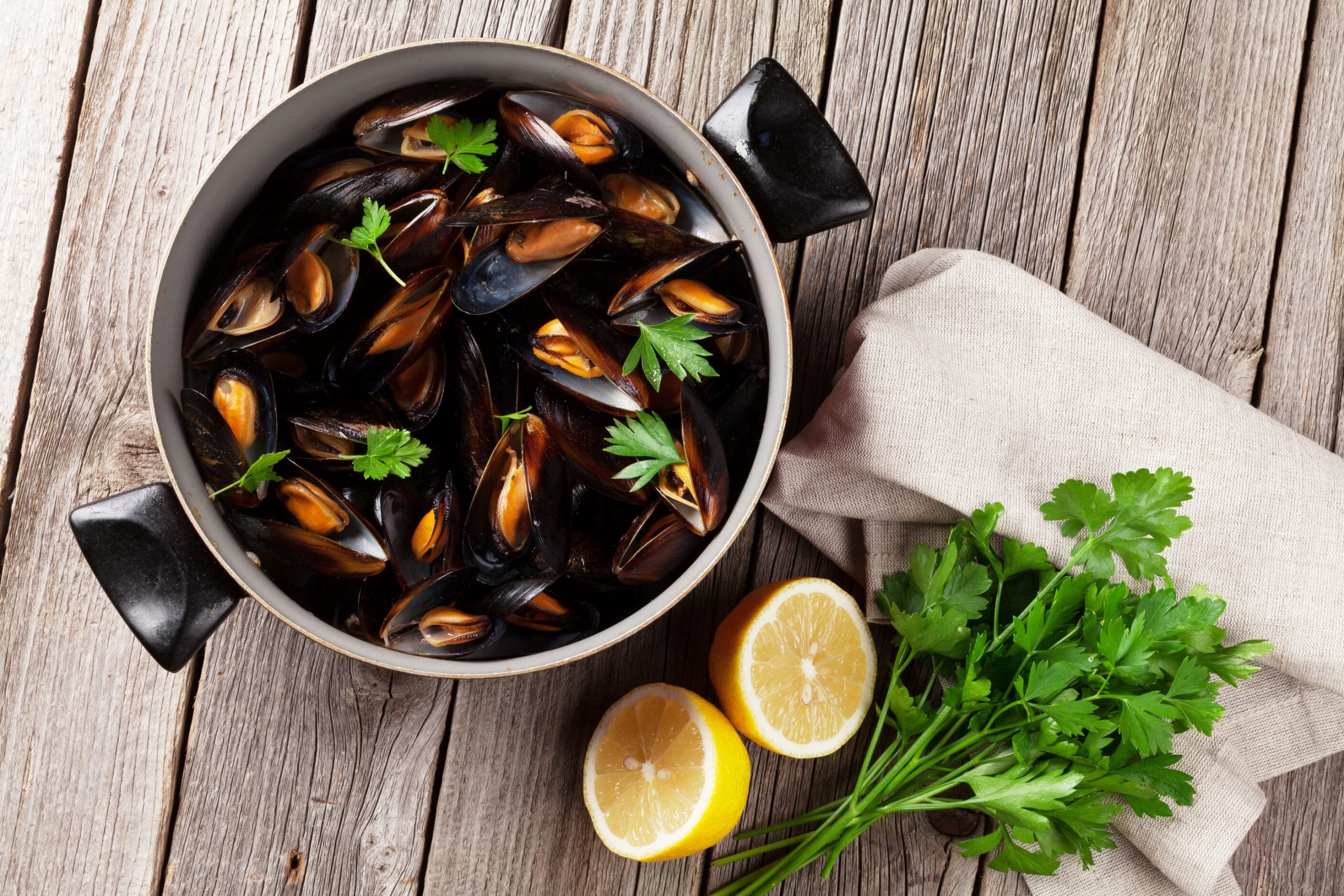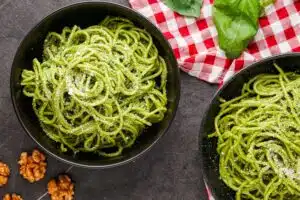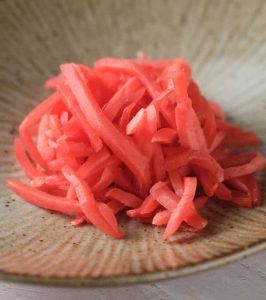How To Tell If Mussels Are Bad?
Important Note: When you buy through our links, we may earn a commission. As an Amazon Associate we earn from qualifying purchases. Content, pricing, offers and availability are subject to change at any time - more info.
Few shellfish lovers can resist a plate of fresh lemon and garlic-butter mussels as an entre or as part of a tasty seafood platter. In a restaurant, you entrust the chefs not to give you a gut-wrenching dose of food poisoning by serving up bad mussels. But what if you are preparing them yourselves? How do you tell if they are good to go or should be binned?
A common misconception is that open mussels are always bad and should best be avoided. This view is not always strictly the case, and there are some methods and visible signs that can assist in deciding when to eat them or discard them immediately.
Unlike certain other seafood types, particularly shellfish such as clams, a mussel can open before cooking and still be considered fit for consumption. With a few simple tricks and by keeping an eye out for some telltale signs, you too can avoid the hazardous results of a rancid seafood offering.
- Mussels Gone Bad: An Open And Shut Case
- Additional Tips For Buying Fresh Mussels
- Mussel Recipes: A Versatile Choice
- So, How To Tell If Mussels Are Bad?
Mussels Gone Bad: An Open And Shut Case
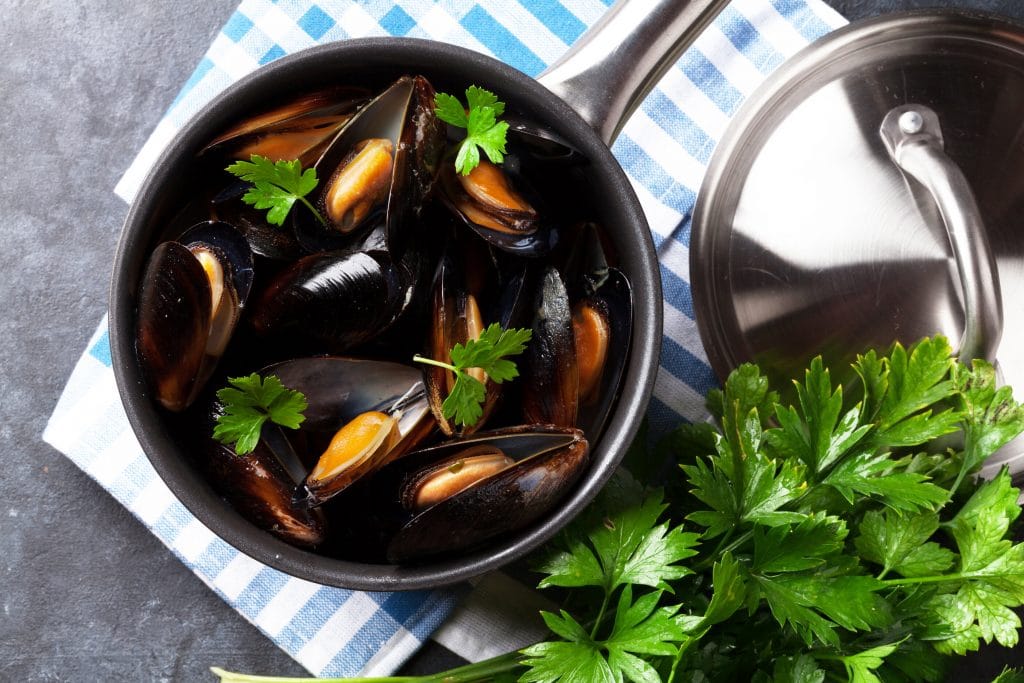
There are many seafood pundits out there quick to judge open-shell mussels. You may sometimes hear, “if the mussel is staring at you through a wide gaping mouth, then toss it away.” The truth, however, is a little more on the subtle side.
It is known that seafood in general, and mussels in particular, have a pretty short fresh shelf life expectancy. Depending on how they are harvested and cleaned, they will typically spoil within 2 to 5 days of hitting your fridge. Of course, needless to say, err on the side of caution with this one.
Although a raw mussel with a closed shell can usually be deemed fresh with cursory inspection, that is not necessarily a given fact. Likewise, a mussel with an open shell is not always going to be off, and by chucking it out, you could be wasting an otherwise perfectly healthy specimen.
Tap it on the counter to check if it closes. If it does, it’s alive, which is the most important factor to consider. It’s not so much about whether it presents itself in an open or closed shell, but whether it’s alive. An alive mussel is fresh and considered safe. A dead mussel spoils quickly and should not be considered for cooking and eating.
Mussels are boiled, steamed, smoked, barbecued, roasted, or fried in vegetable oil or butter. All shellfish, except shrimp, should always be checked to ensure they are still alive just before cooking; after dying, enzymes quickly break down the meat and make them vile or toxic to humans.
Shellfish such as clams, oysters, scallops, and mussels also carry a risk of food poisoning. These sea creatures are filter feeders, meaning they consume plankton, algae, and other microscopic sea creatures which float freely in seawater. The algae produce toxins, which build up in the flesh of the mussel. These toxins can pose a danger to humans if ingested.
Usually, the farmed or store-bought shellfish are safer to eat as they are grown and harvested in a controlled, environmentally friendly manner, which lowers any risk of contamination.
Additional Tips For Buying Fresh Mussels
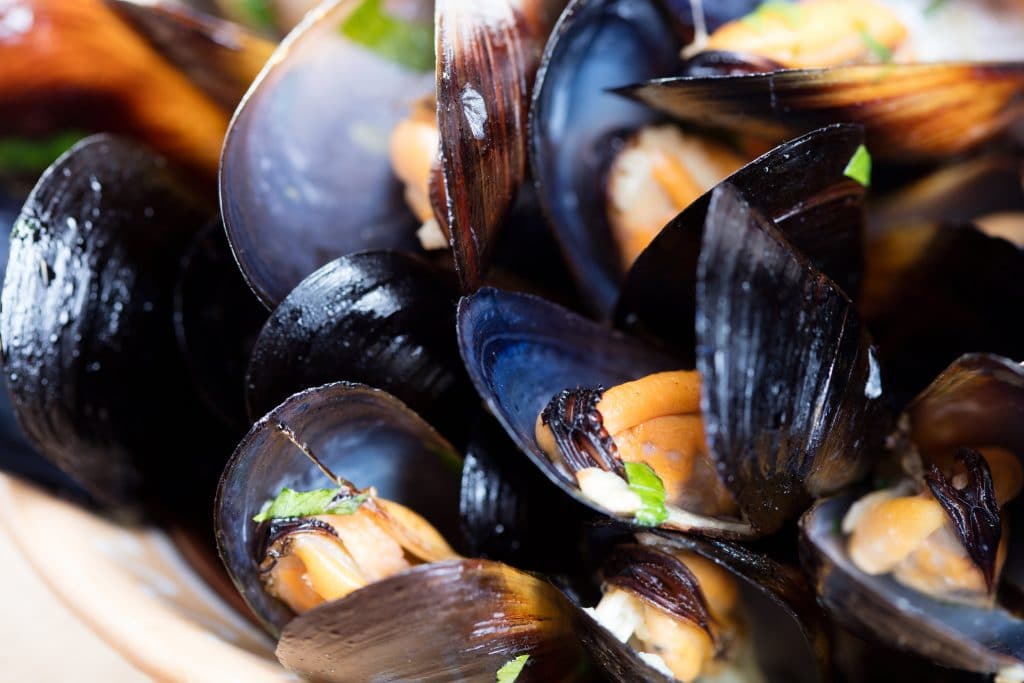
OK, so you’ve gathered a bunch of mussels, all with closed shells, the open ones having withdrawn into their shells out of fear and self-pity. But are you sure they’re all ready to go? As an additional precaution, consider these measures for rooting out the inedible ones.
- Check your source – At the market or store, the mussels should be kept on ice and have healthy, wet shiny shells. Mussels with unusual, dull-looking shells should be treated with a little suspicion. Ensure that they are displayed with their harvest location, date, and use-by date.
- Broken or cracked shells – These mussels are usually dead. For good measure, tap them to see if they open. If they do, you can take them home.
- Heavier than the rest – Another typical sign that things are not looking up, heavier mussels are usually a sign that water and sand have seeped in.
- They may just be feeling cold – Live mussels are usually packed in ice at the market. Just like their cold-blooded far distant cousins, crocodiles, they too open up to take in the sun and air to warm themselves up. Clench your fist around these for a few seconds to see if they close tight. If they do, they’re alive and fresh. Spray them with cold water to see if they close up too. Their reflexes will react if they’re alive.
- There’s something fishy here – The odor from any seafood that is off hits you in the nostrils for a reason. This is normal and by design. It’s telling you not to eat it. A strange or overly fishy pong is a definite sign that the mussel has long passed its sell-by date. Mussels should have a mildly oceanic aroma, salty and fresh.
- Flip The Floaters – Chuck your mussels into a bowl of water. If any of them rise to the top and float, they’re either dead, or the shells are empty.
A Guide To Cleaning And Preparing Mussels
So you’ve rooted out and discarded the bad ones, and you’re ready to prepare and cook them. But what is so great about mussels anyway?
Mussels pack a B12 vitamin punch. They contain around nine times more B12 vitamins than halibut and even more so than beef. They’re also loaded with zinc, iron, and protein. Mussels are safe for those with gluten intolerance.
Storing Mussels
As important as buying is the storage of mussels. It’s no good bringing home a fresh batch and letting them go off while you’re waiting to prepare and cook them.
- Immediately after arriving home, remove the packaged mussels and place them individually in a container or a mesh bag. The container must be unsealed so that the mussels can breathe.
- Cover them with a clean damp paper towel or cloth. Do not store mussels in water. Don’t lay them on ice. The ice will melt and form water in the refrigerator, and mussels will die if kept in tap water for longer than 15 minutes.
- Drain any water that collects in the container, often.
- The mussels can stay fresh for up to 5 days maximum but smell them daily to ensure they smell like the ocean and not fishy.
Cleaning And Preparing Mussels
It’s probably not necessary to mention that same-day preparation and cooking of mussels is ideal. The same can be argued for any fresh food produce, especially seafood products. However, it is not always possible, and therefore proper storage is important.
Although mussels with pale cream-colored flesh are male, and the orange ones are female, they all tend to grow “beards.” The beards are actually a threaded cluster of fibers that protrude out the shell’s side and help the mussel cling to surfaces. Usually, these are cleaned away by the fishmongers, but some may remain behind. Just pull them away gently with your fingers.
After that, place the mussels in a colander and scrub them under cool running water with a stiff brush or paring knife to remove any debris such as seaweed and barnacles.
Soak your mussels in cold, salted water for half an hour or so to remove any residual grit or sand. Use coarse salt such as ground kosher salt to make your brine.
Cooking Mussels: A Basic Guide
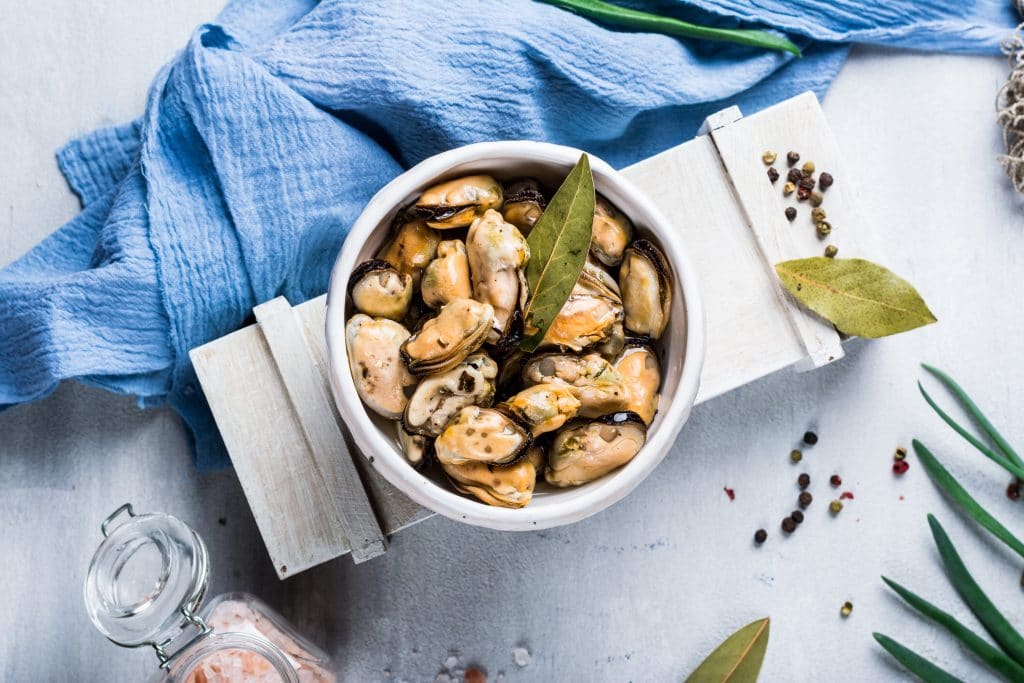
Although a favorite amongst lovers of mussels is the creamed, buttered varieties usually served as a starter in restaurants, a traditional method to enjoy mussels in their natural state is simply steam them.
- Check your mussels one more time for freshness by sniffing them. Give them a final rinse under running water and check that all of them change their state from open to closed or vice-versa. Lightly tap or squeeze them again to provoke a reaction. They are probably already dead if there isn’t one and should be discarded.
- The liquid used for the steaming doesn’t have to be water. Popular choices are beer, wine, or just about anything you can think of.
- You can pre-cook chopped tomatoes and onions in butter or olive oil with a squirt of lemon. Add a pinch of salt and pepper.
- Use a pot or pan that’s wide and large to give enough space for the liquid to circulate and cook the mussels evenly.
- Place your chosen liquid in the pot to cover the base. Don’t overfill. The liquid needs to boil quickly to produce steam.
- Turn the stovetop or element to its highest setting.
- Add the mussels and cover with the lid until the liquid boils.
- Mussels take on average 5 to 7 minutes to cook, dependent on their size, quantity, or amount of liquid used.
- Once the steam starts to bubble out from under the lid, wait another 15 minutes or so and remove the lid.
- Let the mussels rest for a minute or so. Your mussels are ready to be served!
- Although it can sometimes be easy to misjudge for the untrained amateur, do not let the mussels cook longer than required. Overcooked mussels can become chewy and tough. Check them roughly every 1 or 2 minutes and remove the ones that have opened with a tong.
Mussel Recipes: A Versatile Choice
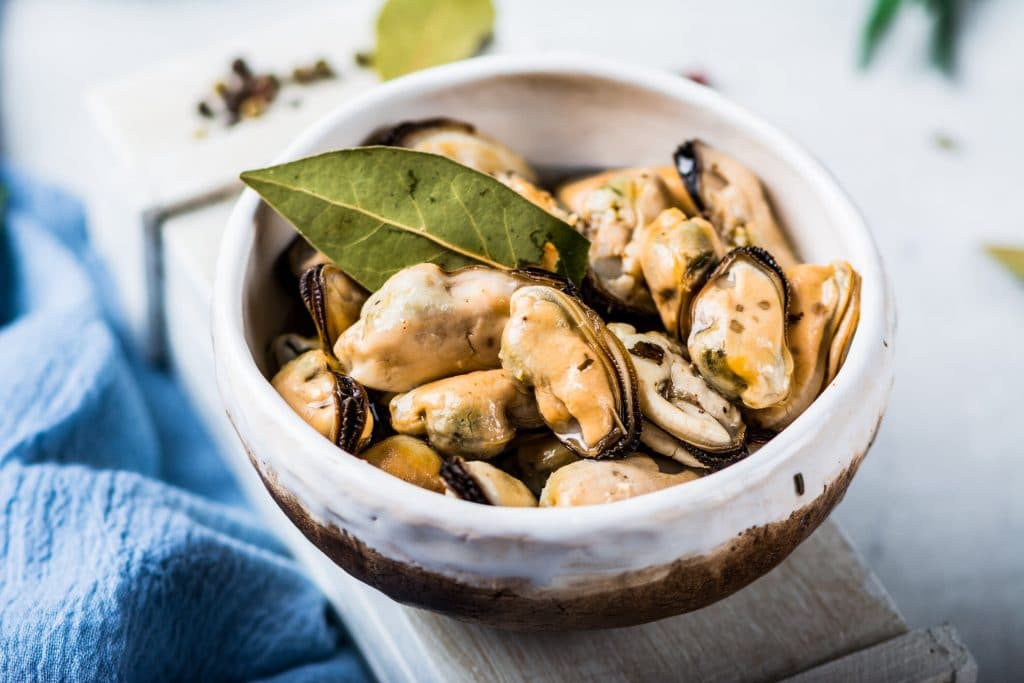
Mussels can be enjoyed in a host of different ways. From beer or wine steamed to marinated and served as a salad or main course, mussels are quick and easy to prepare. The remaining broth that forms from the salty water that the mussels grow in can be used in pasta or chowders, or frozen and kept for later to use as stocks and sauces in other dishes or even as a base for your next Bloody Mary cocktail. Mussel broth has a myriad of uses in cooking.
- Blue and black mussels are most commonly found at your local market or fishmonger — these are found in abundance in the Pacific and Atlantic oceans. The black ones tend to be larger and generally take slightly longer to prepare.
Some other varieties, such as the Green-Lipped Mussels, come packed and frozen from New Zealand and are exported worldwide. These are even larger and meatier than the black ones but are usually slightly milder in taste.
- From a quarter to half the weight of a batch of mussels will consist of shells, depending on type, season, and farming method used. To ensure you get a good portion of mussels, buy at least a half-pound, including the shells, per serving. You can halve that if you’re serving it as a starter.
- The peak harvesting season is from October to March, although they are available all year round. Expect to pay more in the off-season. Most market and grocery-bought mussels are farmed. These are considered safer as they are kept from polluted waters in a controlled environment. Mussels are not fussy eaters, and wild mussels could potentially be hazardous to eat.
- A fun fact: A common folklore states that most shellfish, oysters, in particular, should be only eaten in months with the letter “R” in them. So basically, this would mean from September to April. Luckily this also coincides with the peak season.
So, How To Tell If Mussels Are Bad?
In summary, as can be deduced from most reputable sources on the subject, mussels that are open when raw and any mussels that don’t open while cooking can be considered dead and should be removed and discarded.
Tapping them to see if they open is a good way to check if they are dead or alive. And, in conclusion, the key factor to a “safe-to-eat” mussel is whether it is dead or alive. A live mussel is also considered a fresh mussel.
As long as you follow some simple rules and apply a little common sense when choosing mussels based on factors such as their appearance and smell, you too can safely enjoy a plate of this wonderful delicacy that the oceans gift us in abundance.
